The all-new Ford F-150 Lobo debuted back in June as the latest street performance-focused pickup in The Blue Oval’s lineup, a little while after the Ford Maverick Lobo. Both mark a pretty big departure from the typical off-road or work-focused pickups that automakers – including Ford – have been keen to churn out in recent years, a type of vehicle that has proven to be quite popular with consumers. However, the Ford F-150 Lobo wasn’t just inspired by the desire bring back the street truck scene of previous years, it seems.
Rather, the Ford F-150 Lobo was at least partly inspired by today’s Hispanic street truck culture, according to the automaker itself. While many turned away from lowered trucks with bold paint jobs and other unique custom features, that hasn’t necessarily been the case with Hispanic enthusiasts in places like California and Texas, where such things continue to thrive. “We didn’t want to imitate the culture; we wanted to honor it,” said Josh Blundo, Ford’s global brand design director. “That meant looking at the street truck scene through a real lens, not a corporate filter.”
This scene – along with the F-150 SVT Lightning, which became even more famous thanks to its appearance in the Fast & Furious movie series – both played a role in the development of the Ford F-150 Lobo, it seems. Additionally, Maverick Lobo design lead Kristen Keenan leaned on her background at Nike to bring a bit of “sneaker head” flare to the pickup, with vibrant colors such as Grabber Blue and Electric Lime.
Despite this, the Lobo design teams didn’t want to go full-bore in terms of adding flashy graphics and other features that have become synonymous with the street truck scene. Instead, they simply wanted to pay homage to it. “The culture is already loud,” one designer noted. “We wanted the truck to have attitude, not gimmicks.”

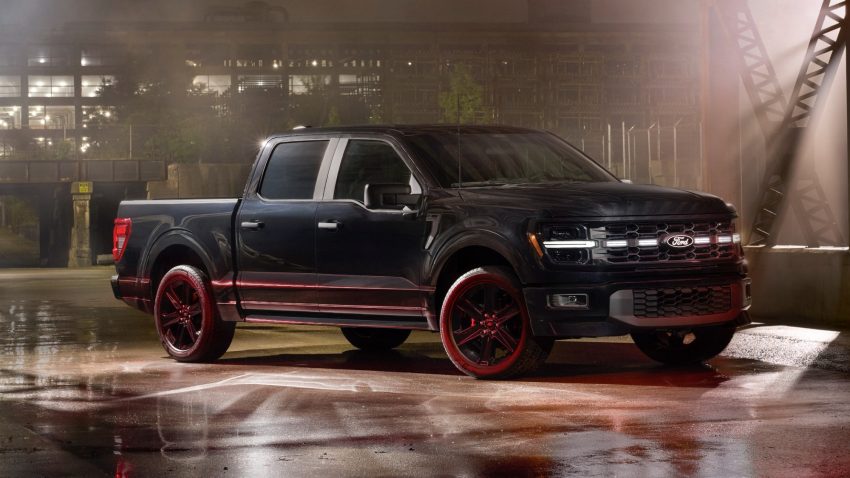
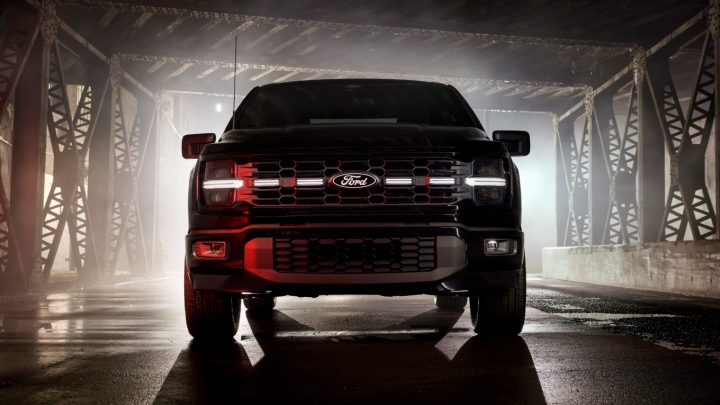
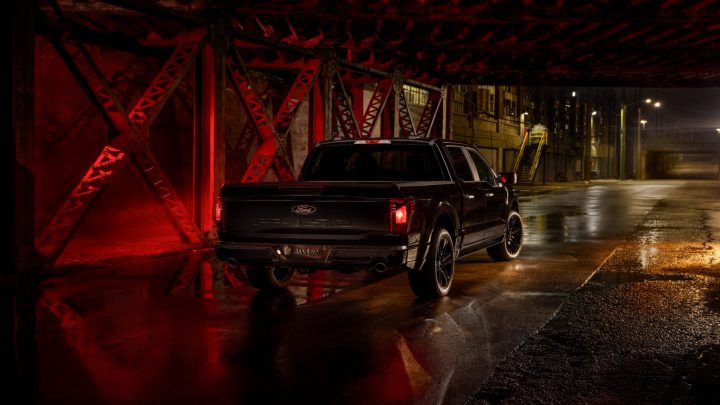
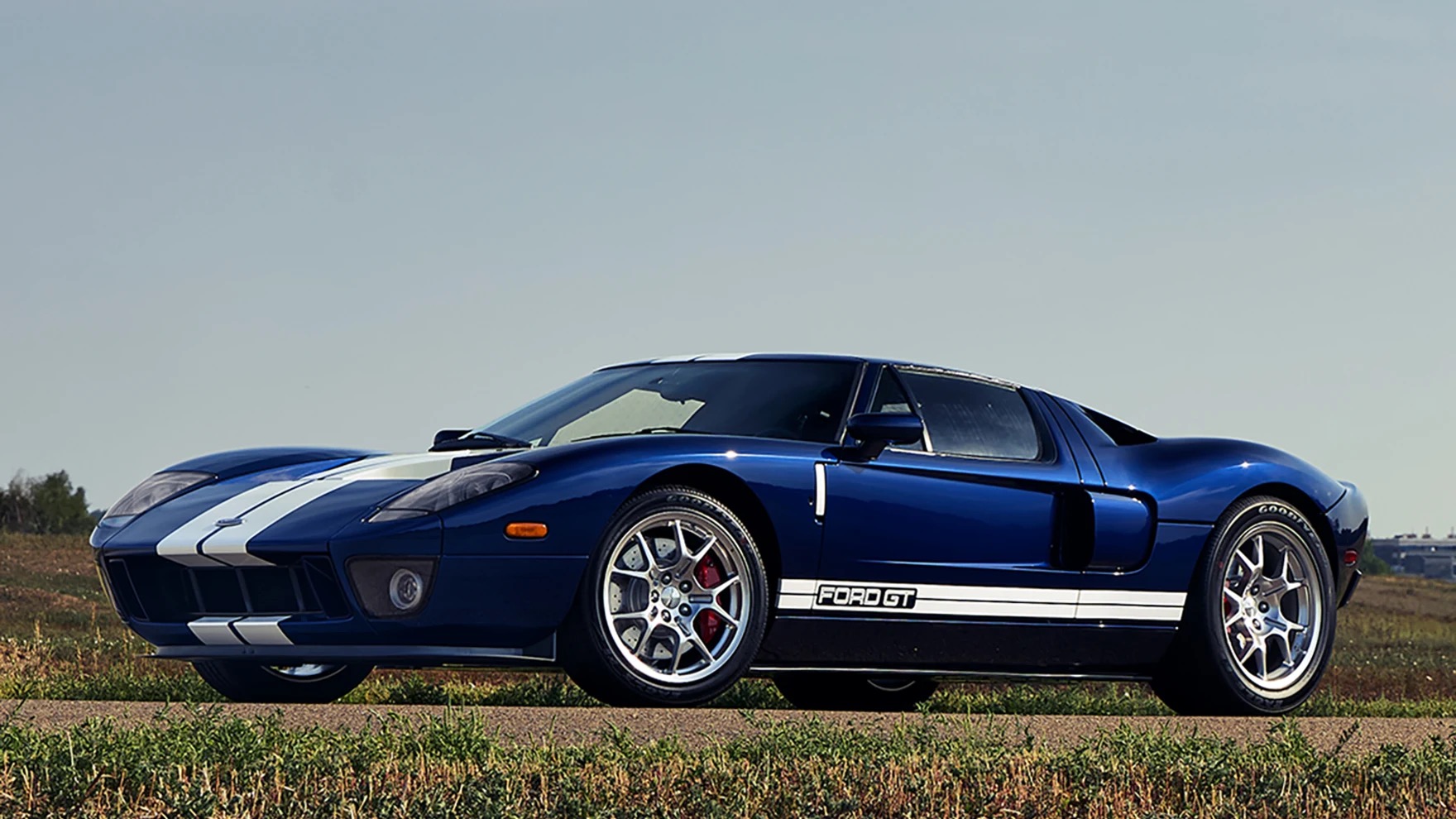
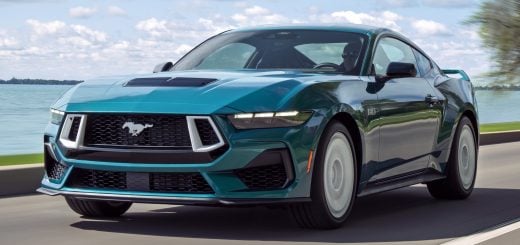
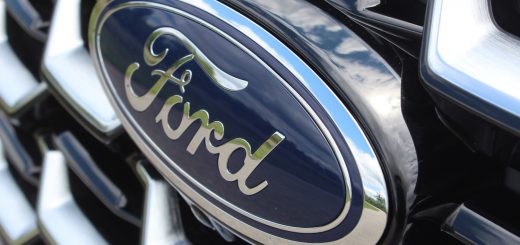

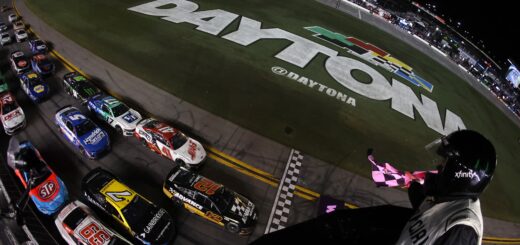
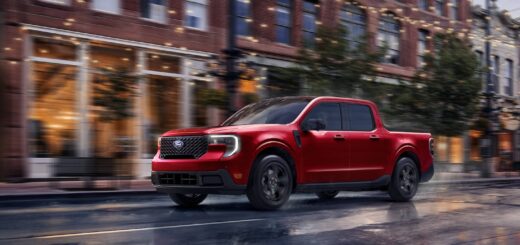
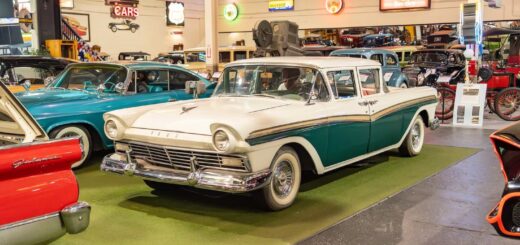

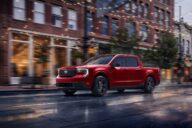
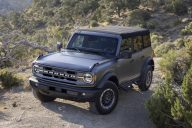
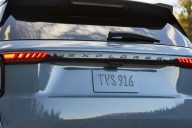

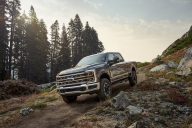
Comments
The ENTIRE automotive market, not just trucks, has been affected by Hispanic automotive culture. In fact, I think we can thank the Hispanic community for our current ability to personalize our automobiles in a myriad of ways. Cars are more than just the horsepower they produce now. They are an extension of the driver.
Trump will deport it.